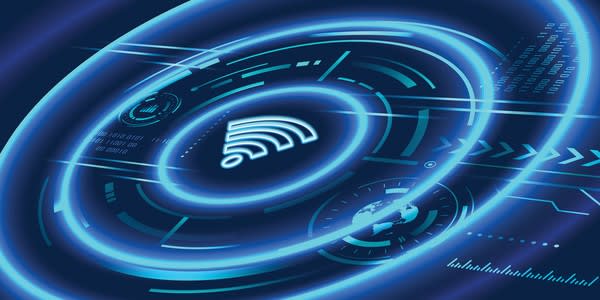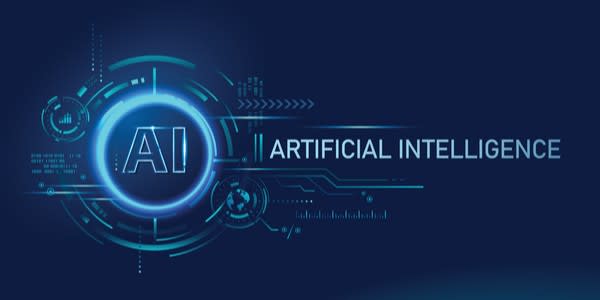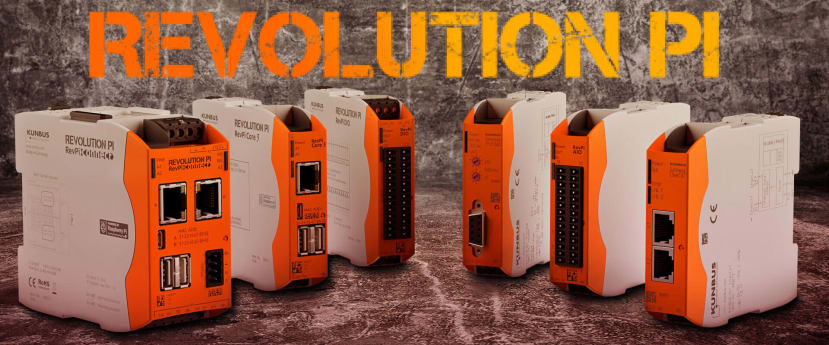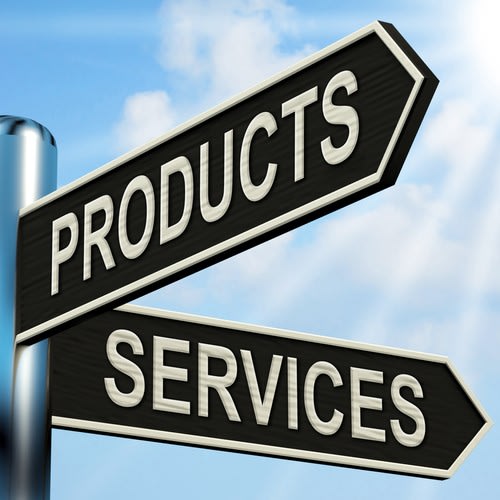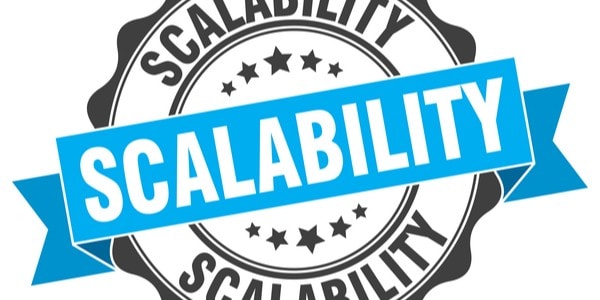5 +1 things driving IIoT and 4.0
Follow articleHow do you feel about this article? Help us to provide better content for you.
Thank you! Your feedback has been received.
There was a problem submitting your feedback, please try again later.
What do you think of this article?
Most people think of preventive maintenance, lot size one manufacturing, or melting of shop-floor with office floor when thinking of Industry 4.0.
IIoT, machine learning, and network integration are key technologies to make a factory "smart". But is this all we can and should achieve with industry 4.0?
These aims are valuable and will enhance the complexity, quality, and features of our products. And in the next five issues of this series, we will discuss the following driving key technology concepts in detail:
Connectivity
In a smart factory, we are no longer speaking of sensors and actuators, but we are talking of cyber-physical systems (CPS). As sensors and actuators get smart, they need better and broader connectivity. There is no longer a strict borderline between the shop-floor (OT, operation technology) and the office-floor (IT). The intelligence of a factory will be equally distributed.
Connecting thousands of CPS in a factory will demand a perfect concept of data concentration and distribution. Wireless connections will help to reduce costs and downtimes. G5 and LoRa will be central driving network technologies in enhancing the connectivity.
The unification of protocols will be another key factor. Reducing the dozens of actual industrial communication protocols to new real-time capable ethernet will boost the market for 4.0.
Reducing data volumes to efficiently use the limited bandwidth and bringing security into these shop-floor networks will be the task for edge computing technology. The "edge" might drift from Linux based controllers or gateways right into the CPS because of reduced cost and size but rising abilities of modern microcontrollers and SoCs.
Security
Functional safety has been the topic for OT and needs to be transferred into the IT derived gateways and networks on the shop floor level. But on the other hand, security, which is well established in the IT and office- floor (hopefully), will need to be transferred into the OT world (see this article for more details).
The integration of security into CPS will demand engineers trained and educated for both: IT and OT. Manufacturers of microcontrollers and SoCs have realised the lack of security knowledge in automation and are helping with new integrated products and libraries to fill this gap. Nevertheless, automation engineers will have to enter the world of classical IT programming languages like Python.
To achieve and end-to-end security from the CPS up to the cloud and back, we will need to find solutions for the provisioning process: Each CPS needs to have its digital representation in the cloud or on-premise system. Individual private security keys need to be located in the CPS, and associated public keys need to be generated and distributed. The well known and well tested PK/CA infrastructure of the internet needs to be redefined for IIoT: While in classical internet security, millions of users are responsible for letting their browsers check the authenticity of a web page, in IIoT, you have millions of CPS which need to authorise and check their communication partners authorisation (see this article and all six parts for more details).
AI
In automation, artificial intelligence is mostly reduced to machine learning (ML), done mainly by neuronal networks. The primary task is pattern recognition, often for preventive maintenance. Vision technology and analogue data analysis (sound, vibration) can be done by small systems even without a Linux OS. This helps to reduce the data volumes on networks. But the industry suffers from a lack of knowledge in this field. We will need easier to handle libraries and learning algorithms (e.g., without the need for NOK samples to teach the system what are OK samples).
Having already the computational power for ML in small CPS, we need new software concepts to quickly and broadly integrate this thrilling technology into the edge of the automation industry.
Power
When it comes to CPS connectivity, we often forget that those systems need the power to work. Wireless connectivity is fine, but it does not render wires unnecessary as long as we need wires to power the CPS.
Energy harvesting, ultra low power hardware concepts, and wireless powering will need to be established in OT to boost I4.0. Especially when you realise that only a few smart factories will be build up from zero, most of them will grow out of existing plants, and thus, the "retro-fittability" of CPS will be a key for the revolution. Ask yourself: how easy would it be to attach a thousand CPS to an existing shop floor? Could you think of a CPS infrastructure without any additional wires?
But power is not only a question of additional CPS. With a growing demand for green technology, we also need to find ways to reduce the power dissipation of existing plants. This demand will become so intense (form an ethical point of view as well as a financial point of view) that smart technologies reducing the power dissipation of the industry might become a key driving element for 4.0. New GaN semiconductors might help. But much more efficient would be to make the powering smart. Giving systems the knowledge when they could well switch off instead of stand by could make a significant contribution to CO2 reduction. IIoT might help to monitor and find out where we dissipate our energy.
Open-source
Modern IT would not exist in its current high-level quality without open source concepts. Open source has generated standardisation, re-usability, and confidence. Traditionally in OT, the companies did not necessarily want standardisation and re-usability because their business concept was to earn money by proprietary technologies and replacement instead of re-usability. They hoped to achieve confidence by their brand, but for many users, this concept ended up in distrust and a dependency trap (read this article for an interview):
This might be a reason why there is arousal in the automation industry for open source concepts. This revolution and the honest conviction that the open-source concepts will end up in better income might become the most important driving factor of 4.0
Transformation of business
So let's step back and have a look at the above five technologies and concepts: Can you realise that they can achieve much more than preventive maintenance, lot size one manufacturing or melting of the shop- floor with the office-floor?
The genuine industrial revolution is not limited to these "nice to have" benefits. The core revolution will be the change of mind regarding the new possible value creation chains. The digitalisation of value creation chains is the most critical achievement of industry 4.0.
Ten years ago, traditional automation companies realised that they would need to shift their value creation chains from pure hardware to software. Many of them are still entirely busy in implementing this awareness. They should start understanding that we now are on the way (and industry 4.0 technologies enable us) to shift the value creation chains up to services. Meantime many hard- and software can be produced in newly industrialised countries far cheaper with good quality. High tech companies must start to utilise the big data from IIoT for services.
Services permit disruptive business models because they are easily scalable and guarantee a recurrent revenue. As such models are easy to copy and difficult to protect, customer binding will become more critical. Google is a perfect example: while they give their Android OS away for free, they bind millions of smartphone users to use their play store platform. And it is not Google who writes the thousands of apps but third parties. Google is "only" offering the platform service.
How can such a model be transferred to the automation industry? Well, there is a bunch of possibilities - we just need to get the right mindset. Let me give you three examples from my own business experience:
When I was developing the Revolution Pi, we had lots of customers asking how they could use such an open system for new ideas. I remember well a group of young people who wanted to automate their home brewing equipment using the RevPi and then to sell this equipment to others. There many people out their building such systems and exchanging their recipes and ideas in digital communities. I was giving them a clue how they could start a genuine 4.0 brewing device: They could start an internet platform where they do not only sell their brewing device (not very scalable) but also offer a recipe service. The device would be internet-connected. They could charge their customers, e.g., per brewing-process or per month, to get the recipes down to their machines ready to control the process (easily scalable and recurrent revenue).
A company wanted to use the RevPi as PLC for digitalising old machines in sawmills. Instead of just using the RevPi as PLC, they could add intelligent and innovative sensors (like a USB camera with "open compute vision" picture analysis) to monitor the quality of cutting lines. The result could give an early signal for worn-out sawing blades. Using the RevPi as an intelligent edge CPS, an alarm sent to the cloud could trigger the delivery of a fresh blade. Such a service could be charged or work as an added value for marketing blades or machines.
A supplier of cleansing agents wanted to step into more services for his customers: If you could monitor the brooms of cleaning teams in a hospital, you could stop fraud in this market (which is often found). The hospital would have perfect documents to prove that the demanded work has been adequately done for specific rooms. Such records would derive from the cloud data of the brooms, their movements and their location. Generating the documents would be a perfect service with a high value.
I hope, by now, you have got the idea. Be inspired and start thinking about services in the industry. I'm sure when you start sharpening your mind in this direction, you will find dozens of possibilities for your business. I would like to hear about them! Please share your visions with all of us by writing a short comment :-)
Part 2 of this acrticle is now available and looks at Open Source Software


